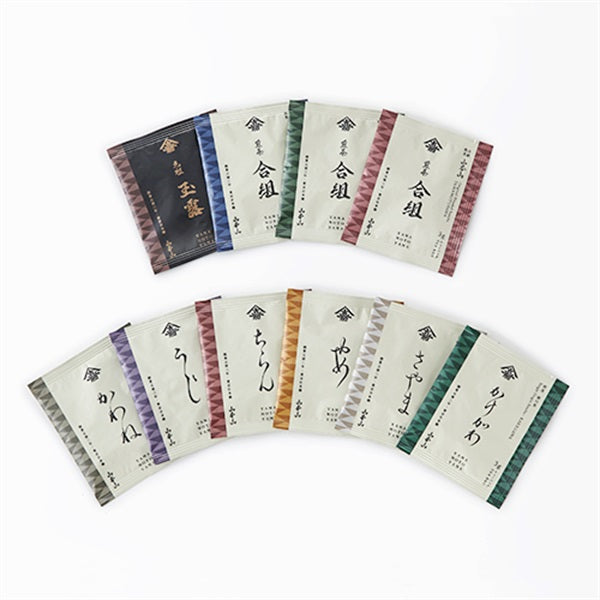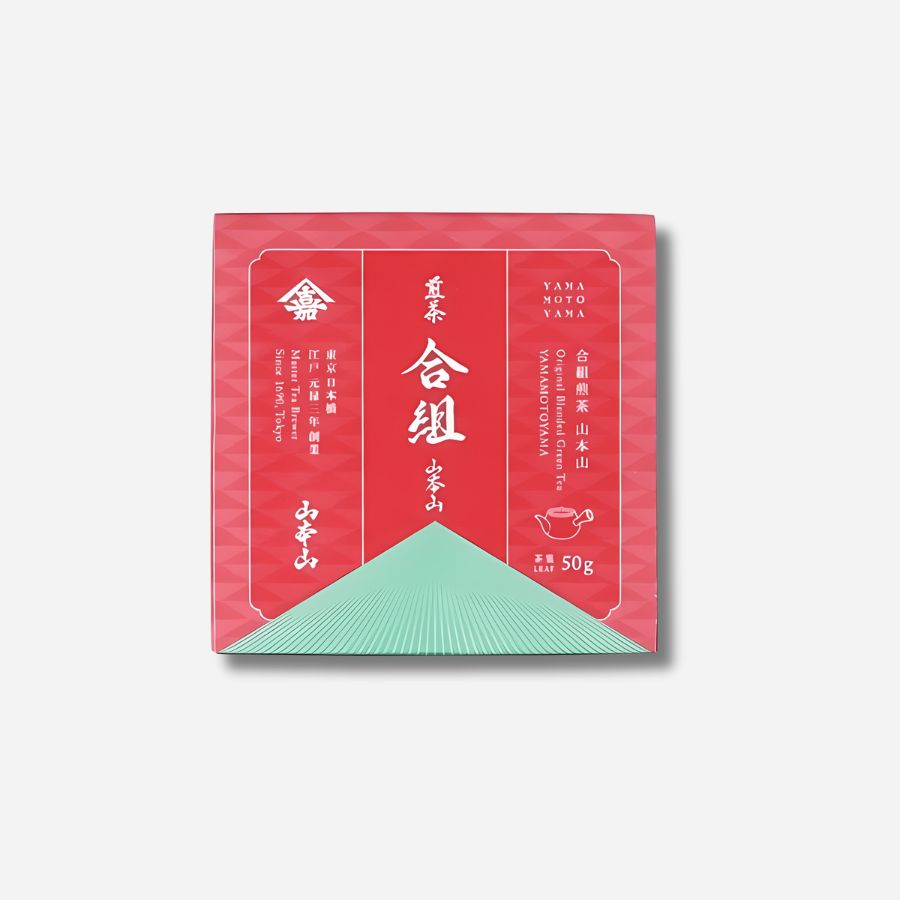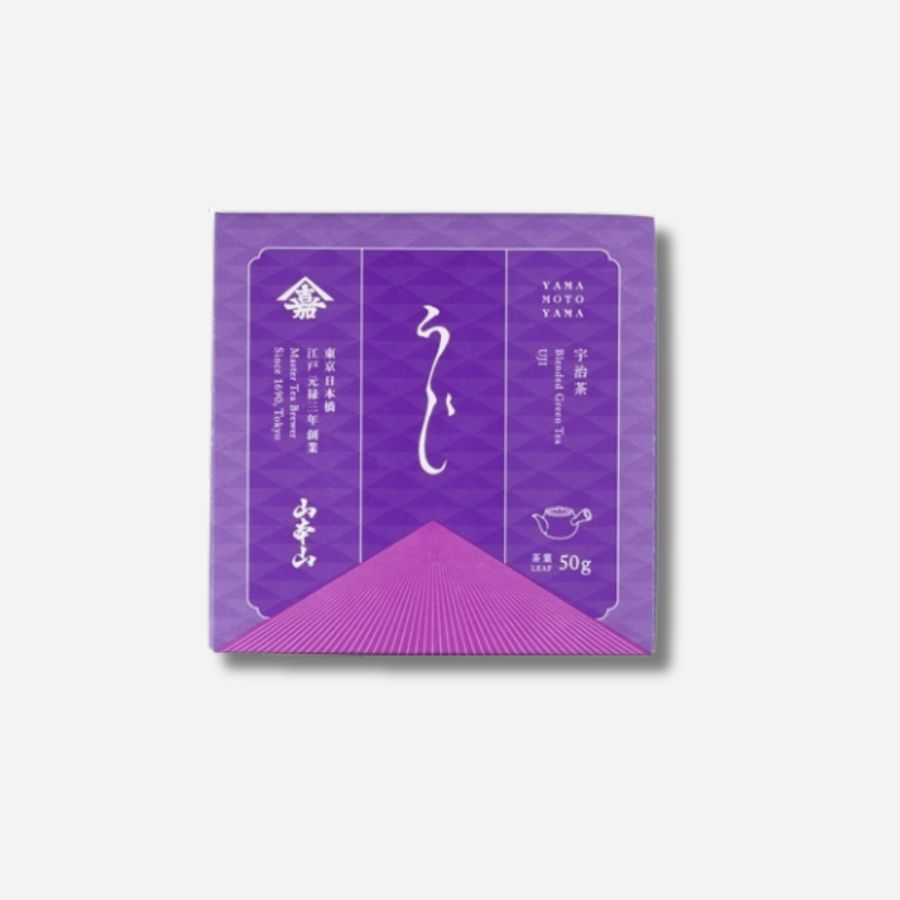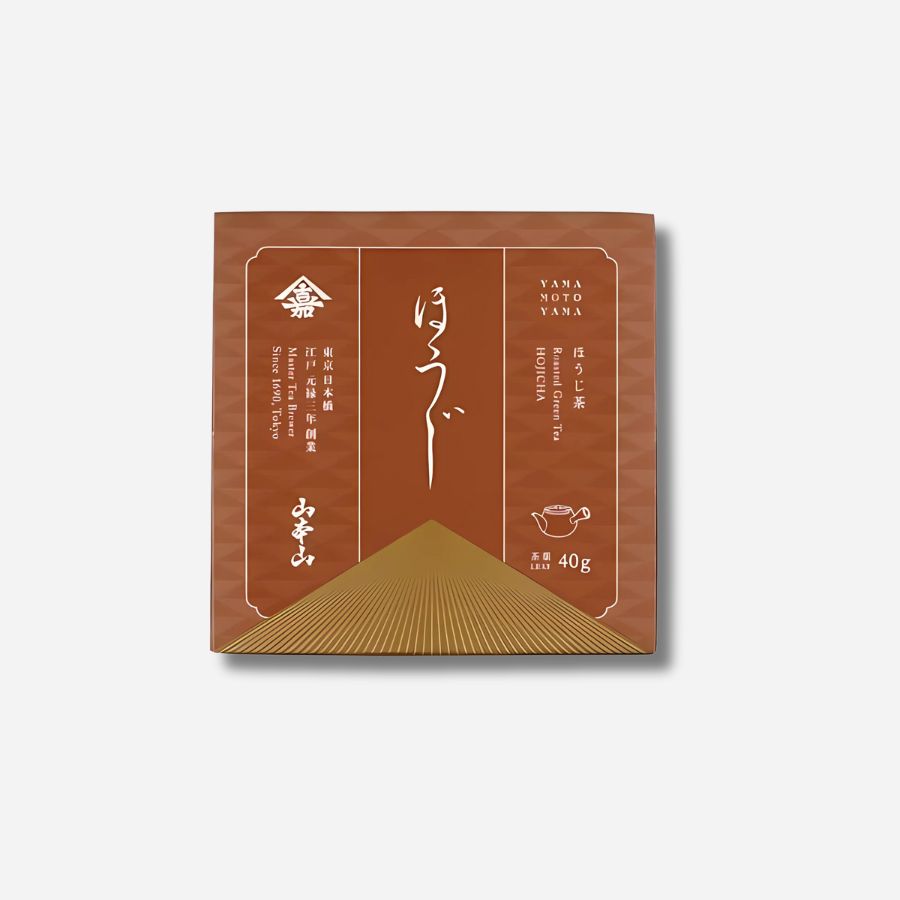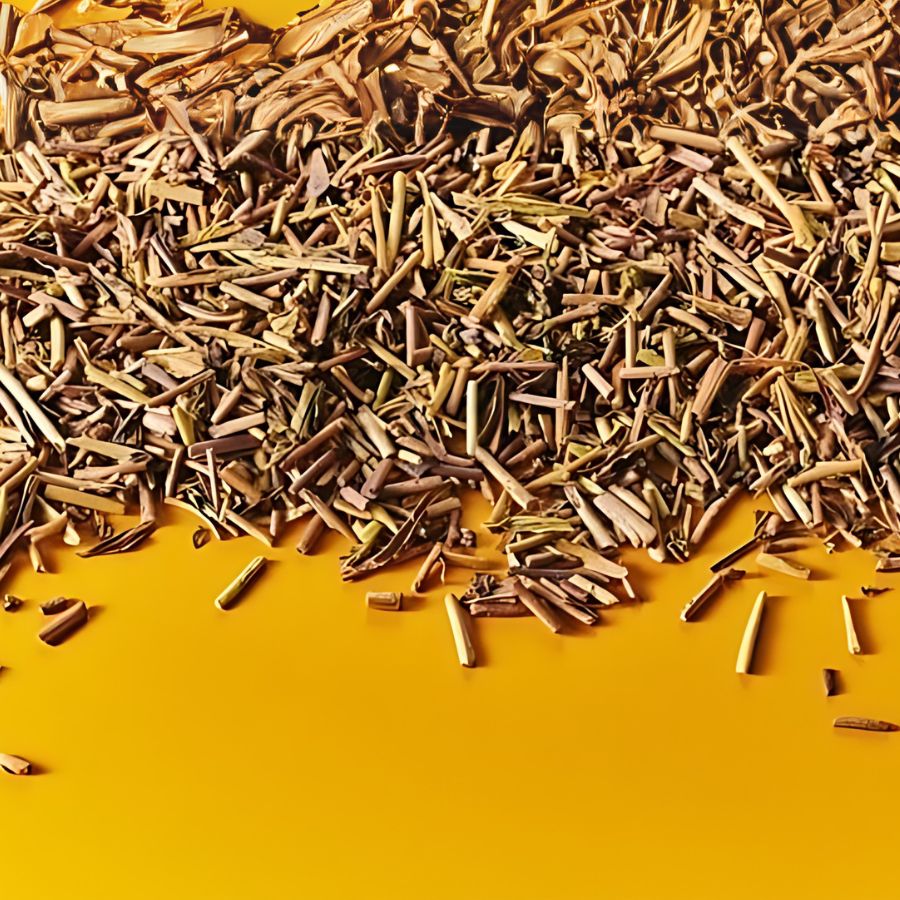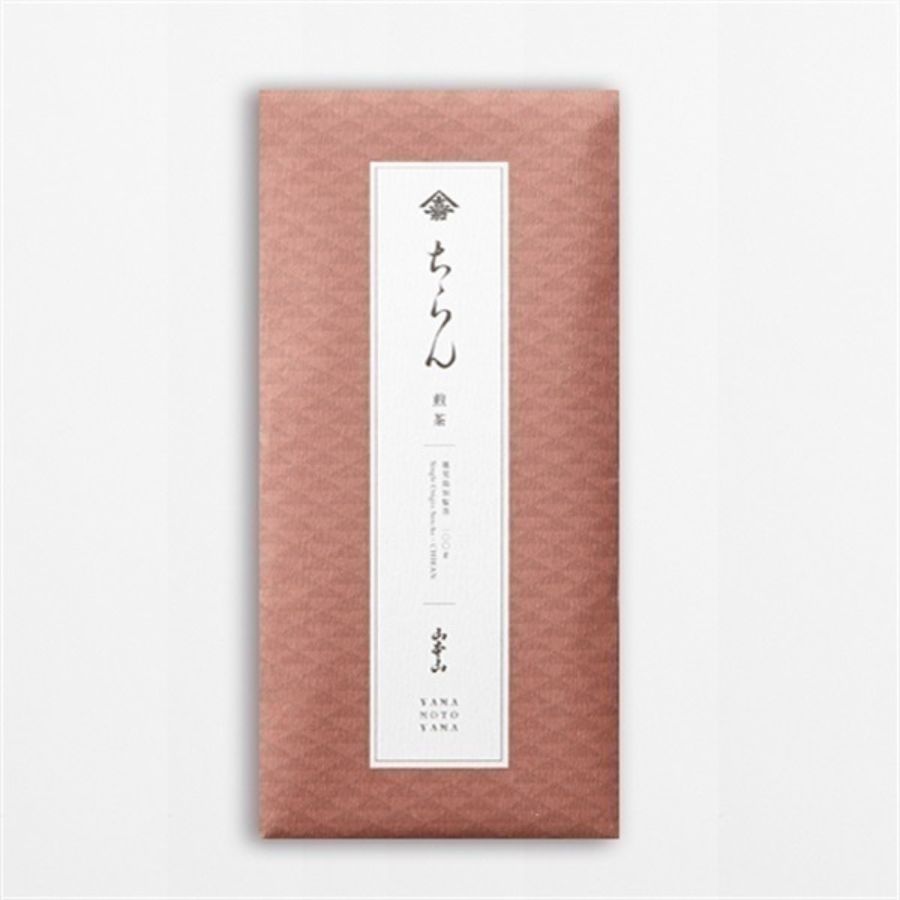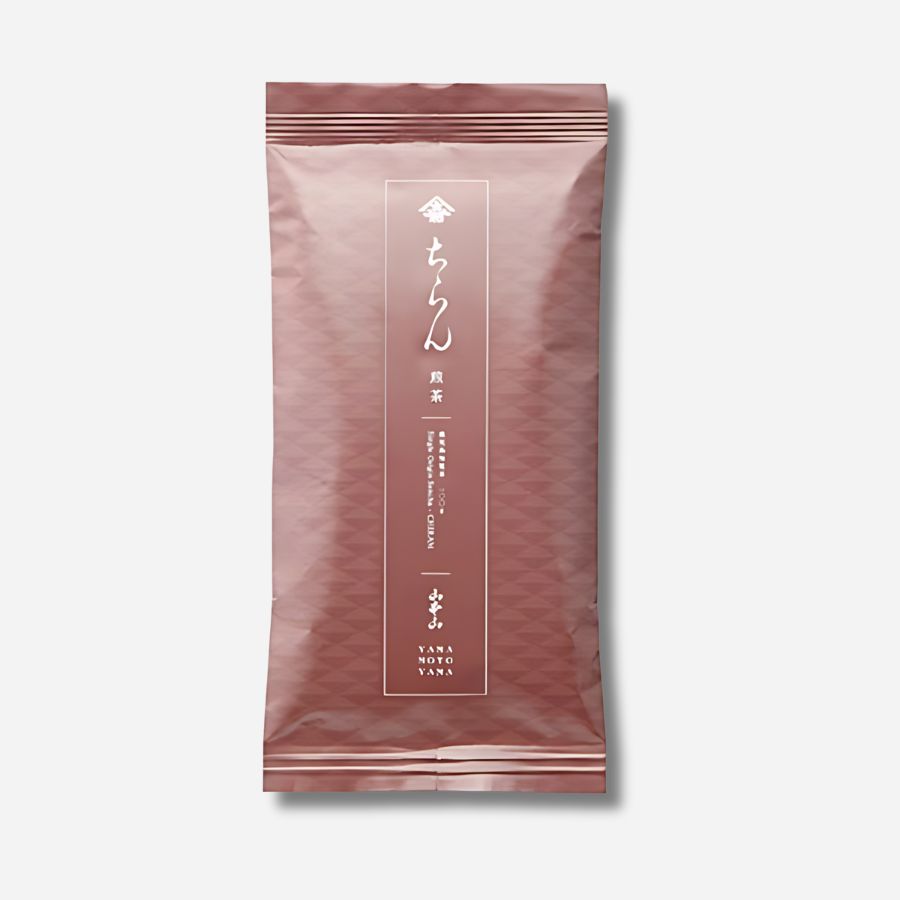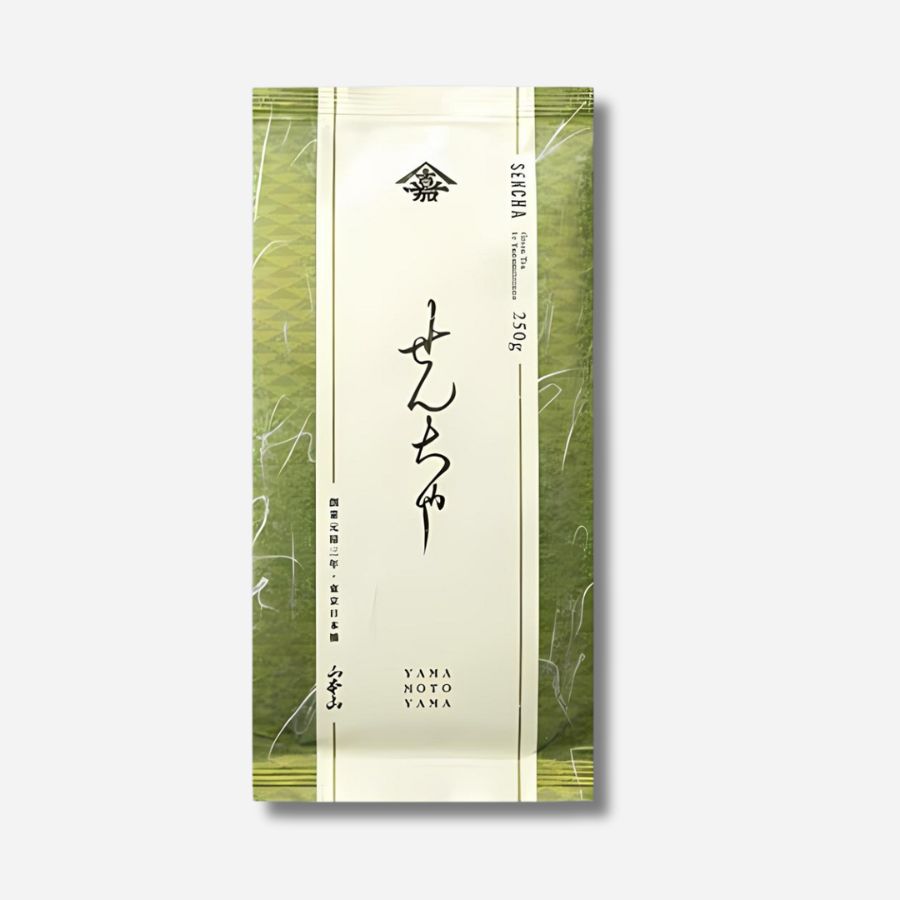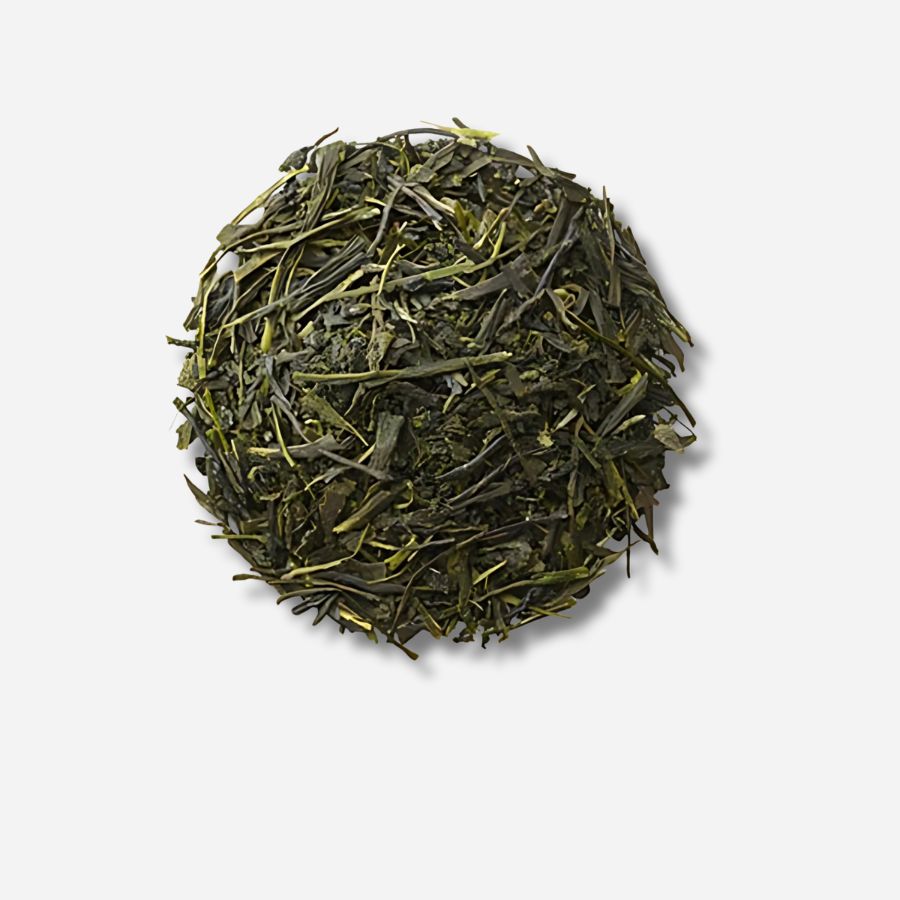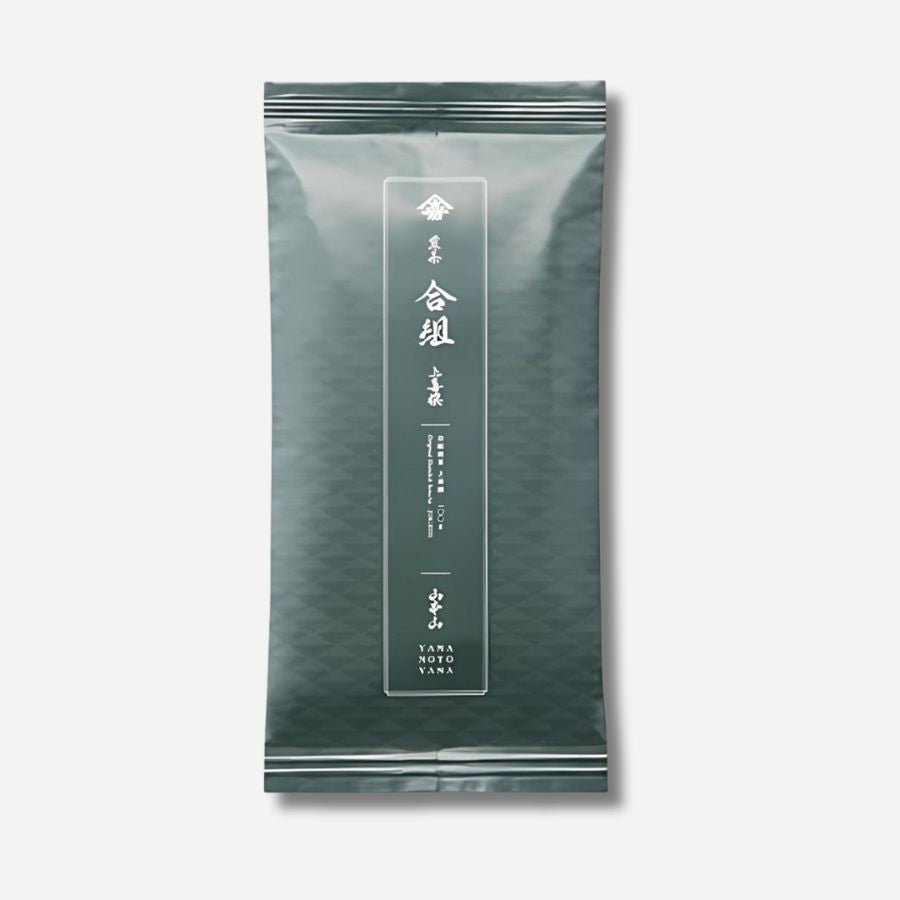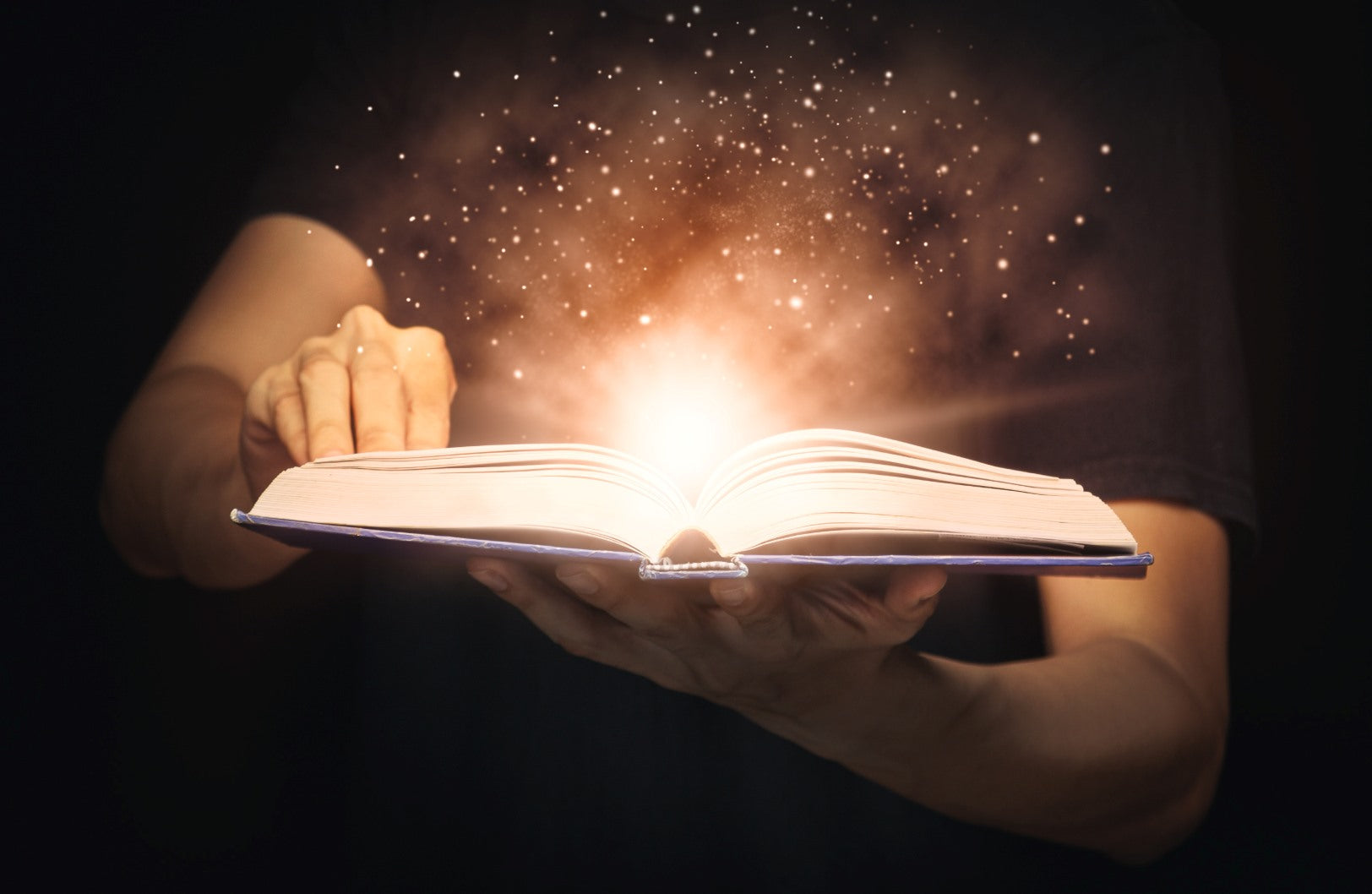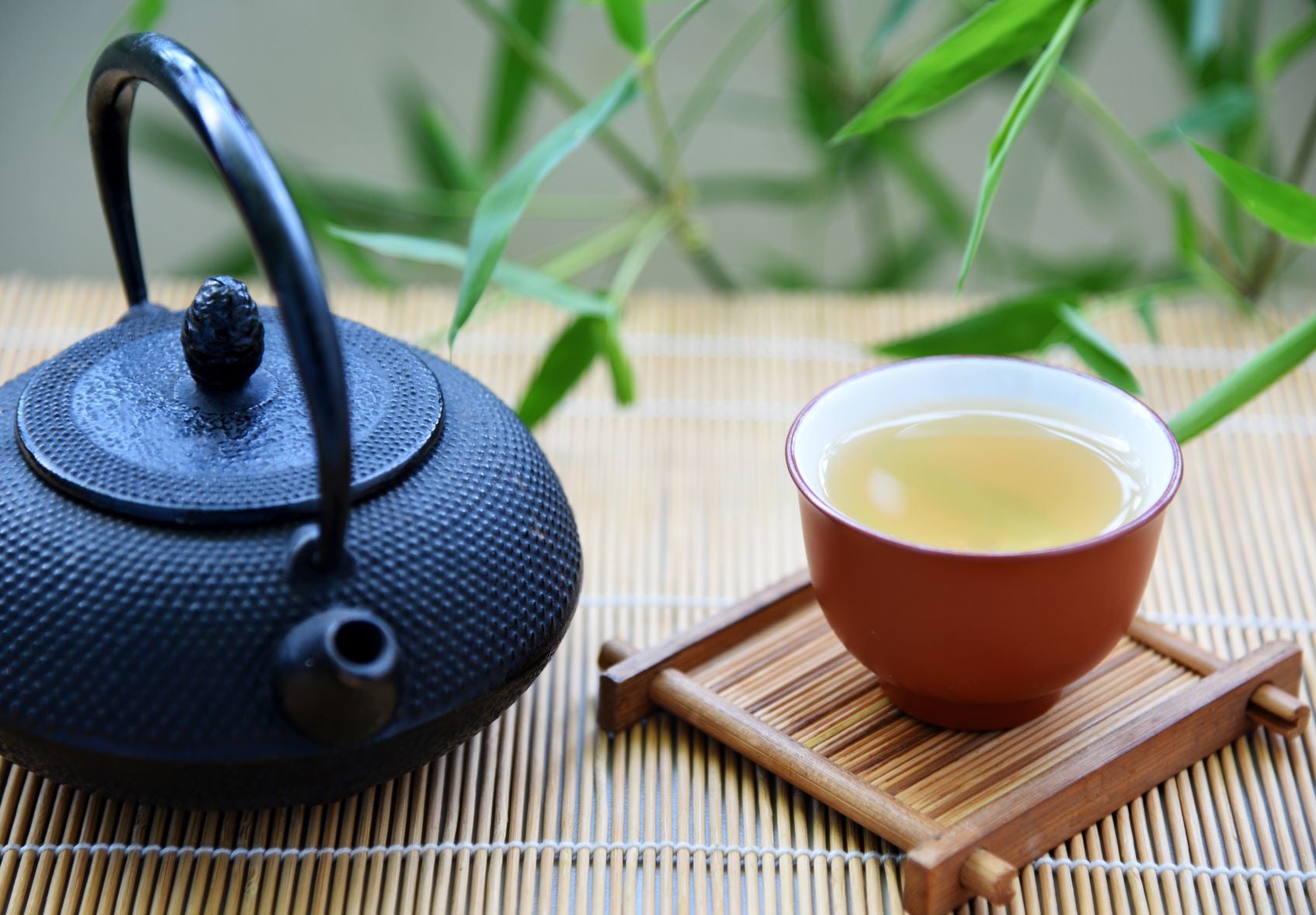
Why does tea have different colors? The secret behind the color that changes depending on the brewing method and preparation method
Introduction
The color of the infusion that occurs when tea is brewed is called "water color."
Green tea comes in a wide range of colors, from bright yellow-green to deep green and even slightly brownish.
The main factors that determine the color of tea are the type of pigment contained in the tea leaves and how it changes. The color of the tea is one of the important factors in judging the quality of tea.

The component that determines the color of tea
Tea leaves contain green chlorophyll, yellow carotenoids, and a type of polyphenol called tannin. The balance of these pigments determines the color of the tea.
Good sencha tea should be clear and bright yellow-green in color, with a sense of concentration.
The blue color is due to the yellow pigments flavonol and flavone glycosides, and the green color is due to the suspension of chlorophyll.

Even though it is the same type of sencha, deep-steamed sencha has a vivid, deep green color. This is because there is a lot of fine tea powder suspended in the water.

Depending on the tea, it may turn a reddish blue color.
Catechins and chlorophyll, which are important components of tea, oxidize or react chemically with other components when exposed to heat, light, or air.
When this happens, the chlorophyll turns brown, which is what gives tea its reddish color.

Differences in water color depending on brewing method
The color of tea varies greatly not only depending on the type and quality of the tea leaves, but also on the brewing method.
Water temperature has a big impact on the extraction of tea ingredients.
When tea is brewed with hot water, the cell walls of the tea leaves are more likely to break down, resulting in a stronger release of chlorophyll and a darker green color.
On the other hand, when brewed with low temperature water, the cell walls of the tea leaves open slowly, resulting in a pale green color.

The extraction time also affects the color of the water.
Increasing the extraction time will allow more ingredients to dissolve and the color of the tea will become darker, but it may also make the tea taste more bitter.
On the other hand, if you brew it for a short time, the tea will have a lighter taste.

Differences in water colour due to manufacturing method
The degree of fermentation and tea-making method also affect the color of the tea.
Green tea is green in color because it is not fermented, but black tea is fermented, which changes the components in the tea leaves and turns the tea reddish brown.
Oolong tea is fermented to a level between that of green tea and black tea, and its color varies depending on the variety and production method.

Additionally, the degree of roast also affects the color of the water.
Hojicha is made by roasting bancha tea and other green teas at high temperatures, which means it contains a lot of brown substances, including oxidized catechins, giving the tea a brown color.
By the way, good black tea has a beautiful reddish brown color. Oolong tea with a low degree of fermentation has a yellow color similar to green tea, while oolong tea with a high degree of fermentation has a red color similar to black tea. 
summary
In the case of Sencha, if there is any redness, the color of the tea is considered to be of poor quality.
However, in the case of kamairicha and bancha, the catechins are somewhat oxidized during the sencha manufacturing process and finishing stage, so there is no particular problem if the color of the tea is slightly reddish.
In this way, the color of tea is determined by a combination of various factors, such as the type of tea leaves, the manufacturing method, the degree of fermentation, the degree of roasting, etc. The unique color of each tea is the individuality of that tea, and helps us imagine its flavor.




